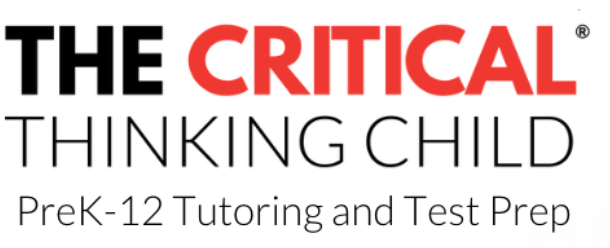#1 Put away your calculators and prepare to think critically
Long gone are the days of rote memorization and learning math in quiet rows. Math is about so much more than plugging numbers into a calculator, and teachers are not as worried about students memorizing facts as they are about teaching them the processes for thinking critically and creatively.
Obviously students need to know their facts to be successful, but don’t stress if your child doesn’t memorize them in a day. Work on understanding the greater concepts and number sense and the facts will come. Make this fun for your kids at home by playing fun math games that engage your children and help you bond as a family while increasing numeracy. Or, instead of quizzing your child on their multiplication tables at home, try having them write their own multiplication story problems.
#2 Remind your child that math isn’t boring or dull; it’s cool!
Some parents don’t realize that the math anxiety and insecurities they grew up with can be passed onto their children. Even if you weren’t good at math, don’t let it show!
Instead, show your excitement about math and the opportunity to learn new concepts. In the classroom, students and teachers enjoy the “aha” moments where a concept clicks and students get excited about what they’re learning. Carry this excitement into the home environment by treating math like a puzzle to figure out. Cheer your children on when they grasp new concepts.
You can also practice a “growth mindset”, where you praise your child’s efforts and celebrate struggles and mistakes as opportunities for growth and learning. This will help your child understand that it’s okay to make mistakes and that the key is persevering through hard problems.
#3 Don’t forget that teachers are students too
You may think your child’s math teacher has all the answers, but teachers are constantly learning new tricks of the trade. Most teachers spend teacher workdays or summer vacation days in professional development workshops that teach them new skills, activities, and strategies to teach math.
With the Common Core adopted as the new math standards in most states, teachers are having to change the way they have thought about and taught mathematics in the past. These standards are much more rigorous than previous standards and ask students to think critically to solve problems.
Ask your child’s teacher how you can support at home and work together to be consistent in language and technique between home and school.
#4 Math is more necessary for future careers than ever
Do you remember complaining, “Why do I have to learn this? When will I ever use this again?” in math classes in school?
Math is no longer something to slog through and never use again. In today’s technological society, students will need to use math in their future careers more than ever before. No matter the field of study, STEM (Science, Technology, Engineering and Math) and STEAM (Science, Technology, Engineering, Math, and Arts) courses will be a necessary prerequisite for college and career.
As you move through your child’s math education, remember that the instruction is constantly adapting to standards, trends, and needs for the future. You can help your child by playing critical thinking games at home, working as a partner with the teacher, and cultivating a positive math culture.





Teaching math is already hard. How much more when you are the one studying it? That is why we are spending countless hours studying and practicing any math topics. And we always resort to trial and error process in practicing math because we are not sure if our calculation is correct for the first time. For speed up learning we use calculator to for confirmation of our calculator is correct or not. I have done this and I always use calculator for checking. Even as simple as fraction calculation I use fraction calculator to check my calculation. There is no harm in using calculator as long as you are not dependent on it and you know the step by step process of such calculation.
Good point. There is no harm in using a calcuator for speed but not to replace thinking.